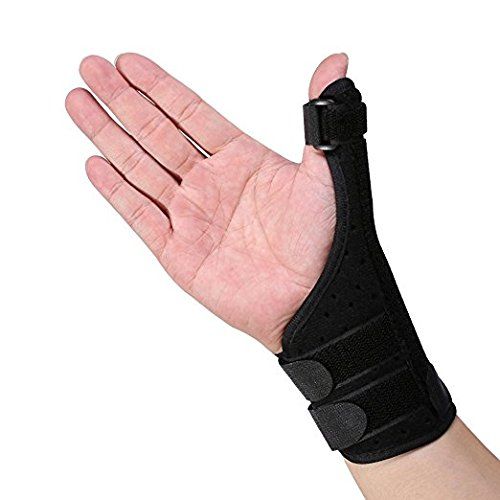

Wrist sprains and strains are injuries to ligaments and tendons, respectively. These injuries can range from mild to severe. Injuries of this nature can have a large impact on our ability to perform a wide array of manual tasks in our daily lives such as opening a jar or turning a doorknob.
Symptoms of Wrist Sprains and Strains
Sprains and strains of the wrist are injuries caused by overstretching or tearing of the ligaments and tendons of the wrist. Wrist strains and sprains have similar signs and symptoms but differ anatomically. The stretching or tearing of a tendon is referred to as a strain. If ligaments or the joint capsule are injured, the injury is called a sprain. The small wrist bones (carpals) are held in position by their shape (which aligns them in two rows) and by supporting ligaments and tendons.
Injuries to the ligaments or tendons that surround the joints of the forearm (radius and ulna) and the carpal bones are known as wrist sprains or strains. Wrist sprains and strains usually result from a fall onto an outstretched hand. The hand’s position and/or rotation at impact determine the type and severity of the injury. More severe (third-degree) injuries involve a disruption of the supporting structures and a dislocation of the carpal joint, or a fracture. A stretch injury to the ligaments around the joint of the radius, ulna, or carpal bones can lead to improper mechanics of the wrist joint and may result in permanent loss of stability.
Wrist sprains and strains are often characterized by pain, swelling, and possible bruising of the wrist. Tenderness to palpation of the wrist will likely be present as will pain with wrist movements. It is not uncommon to experience a decrease in strength with pinching and grasping.
• Overstretching or Tearing of the Ligaments
• Injury to the Joint Capsule or Ligaments
• Pain, Swelling, and Bruising of the Wrist
• Tenderness to the Touch
• Decrease in Strength when Pinching or Grasping
Diagnosis of Wrist Sprains and Strains
These injuries are diagnosed by your physiotherapist by means of a physical examination. This exam will consider wrist range of motion, strength, and palpation of the joints that comprise the wrist. Additional special tests may be performed to assess for wrist instability.
Treatment of Wrist Sprains and Strains with Physical Therapy
If the sprain or strain is minor (first-degree), there is no loss of stability, and treatment can include gentle mobilization techniques and strengthening exercises to support the damaged ligaments. Additional treatments may include rest, ice, compressive bandage, and elevation (RICE), and the fitting of a splint or cast. Failure of the condition to respond to conservative treatment may indicate a referral to a hand surgeon and surgical repair of the ligaments may be necessary to preserve wrist stability.
Physiotherapy treatment may include techniques to assist with pain management, gentle joint mobilization to improve range of motion, exercises for strengthening, and functional activities to improve the performance of everyday tasks. Recovery time can vary based on the severity of injury from just a few days or weeks up to a few months.
Contact Details:
Dr. Amir Neupane
Managing Director at Aashas health care
Address: Jawalakhel Rd, Lalitpur
Phone No: 01-5554999